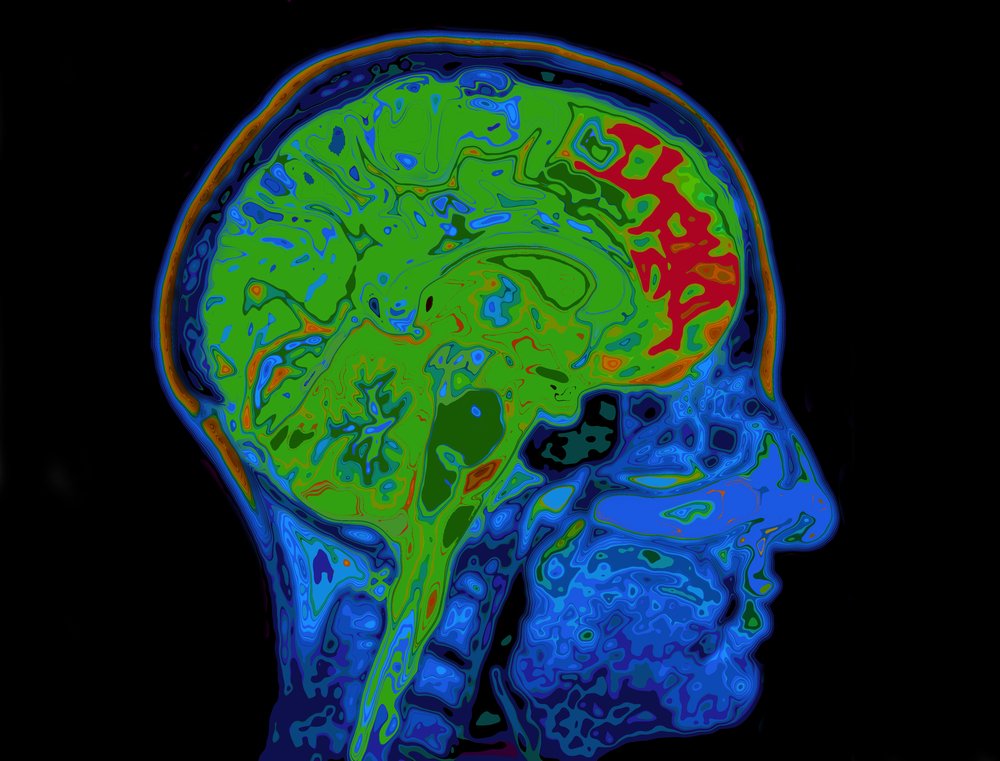Alzheimer’s Researchers First to Measure How Tau Protein Spreads in Brain
Written by |

Researchers, for the first time, have measured how tau protein spreads in the brains of people affected by Alzheimer’s disease or its prodromal (early) stages. The discovery suggests that tau accumulation is linked to problems with episodic memory. But it was changes in brain glucose metabolism, rather than tau, that were linked to a decline in overall cognition among these patients.
Although researchers detected differences in tau accumulation between patients in early and later stage disease, they noted that the rates of how the protein spread differed from one patient to another.
The study, “Longitudinal changes of tau PET imaging in relation to hypometabolism in prodromal and Alzheimer’s disease dementia,” was published in the journal Molecular Psychiatry.
“There’s been an international race to measure tau spread, and we probably got there first,” Agneta Nordberg, MD, PhD, the study’s senior author said in a press release.
“There are no previous reports on how tau deposits spread after 17 months into the disease. Our results can improve understanding of tau accumulation in Alzheimer’s disease, help ongoing research to quantify the effect of tau vaccines, and enable early diagnosis,” added Nordberg, who is a professor at the Department of Neurobiology, Care Sciences and Society at Karolinska Institutet in Sweden.
Nordberg and her team performed the study together with colleagues at Uppsala University, who measured tau levels in patients with the help of brain imaging using positron emission tomography (PET).
Patients — 10 with mild cognitive impairment and six with Alzheimer’s disease — were scanned at study start, and then again 17 months later. The team also measured brain glucose metabolism, using PET, and performed various types of cognitive tests. They also scanned their brains to map the extent of amyloid-beta plaques at study start.
In the entire group of patients with mild cognitive impairment and proper Alzheimer’s dementia, the tau burden did not differ between the initial and follow-up scans. Although all patients had extensive amyloid plaques, their brain amount of tau — a protein that settles inside cells — were highly individual.
Researchers also noted that a larger tau accumulation at study start predicted a lower rate of spread. But again, the rates differed considerably between individual patients.
“This could explain why the disease progresses at such a varying rate from one patient to the other,” Nordberg said.
When they attempted to identify links between tau, cognitive impairment, and energy metabolism, they noted that tau accumulation and glucose metabolism were not related. Large amounts of tau in certain brain regions were linked to abnormal episodic memory, but not to overall cognitive decline.
Defective energy metabolism, on the other hand, correlated with both overall cognition and poor episodic memory.
When separating patients who had mild cognitive impairment and Alzheimer’s disease, different patterns of Tau accumulation emerged. Prodromal Alzheimer’s patients had more tau in areas thought to be affected in early disease stages. In contrast, those with full-on dementia had more tau in areas that researchers think become affected later on in the disease process.
“We also saw a strong direct correlation between size of [tau] deposit and episodic memory impairment. That said, tau doesn’t seem to have much of an effect on the global general memory, which is more reasonably related to brain metabolism,” Nordberg said.
Earlier studies also have linked brain glucose abnormalities to Alzheimer’s disease, and mouse experiments show that a lack of glucose in the brain kills neurons.
In contrast to the current study using patients, the mouse study found that low brain glucose triggers tau aggregation.





